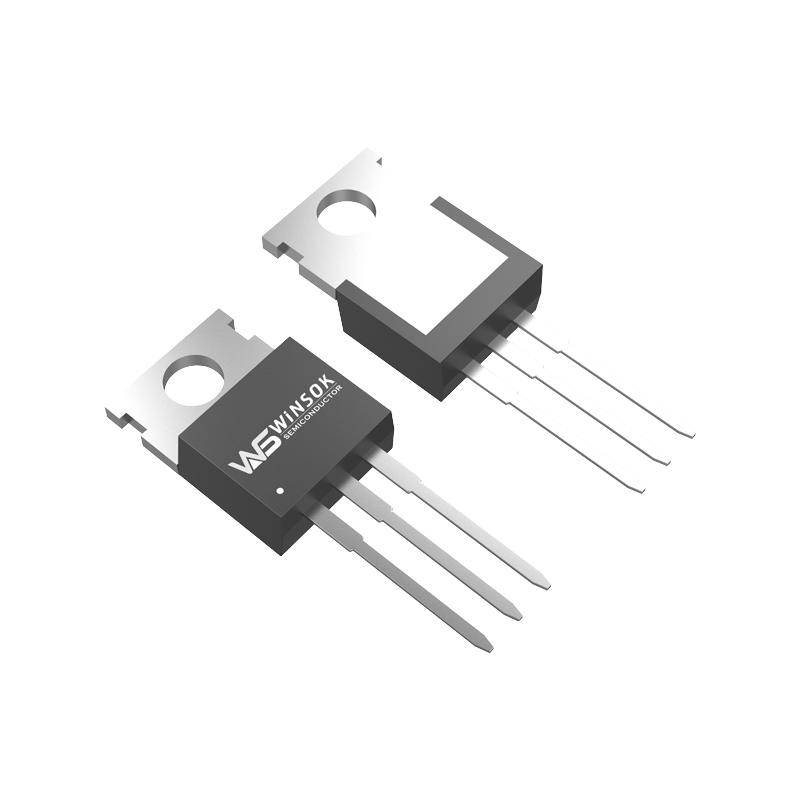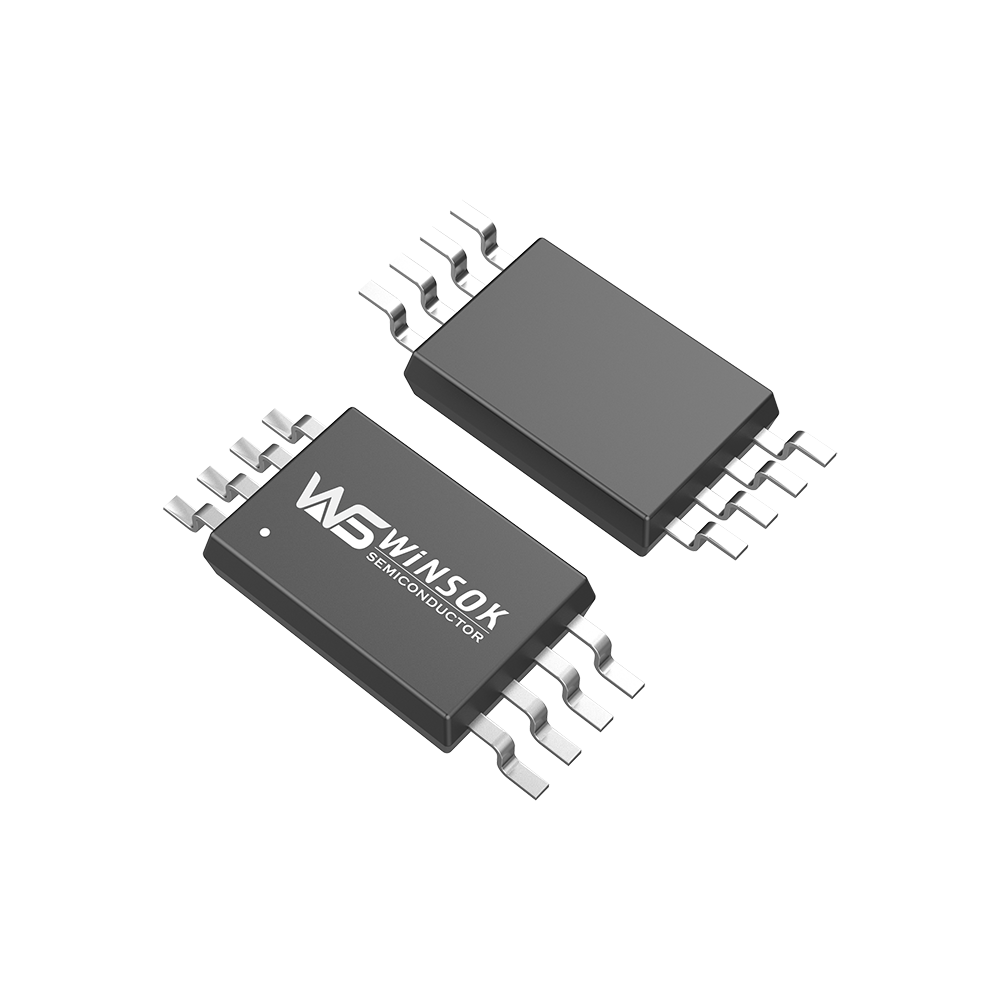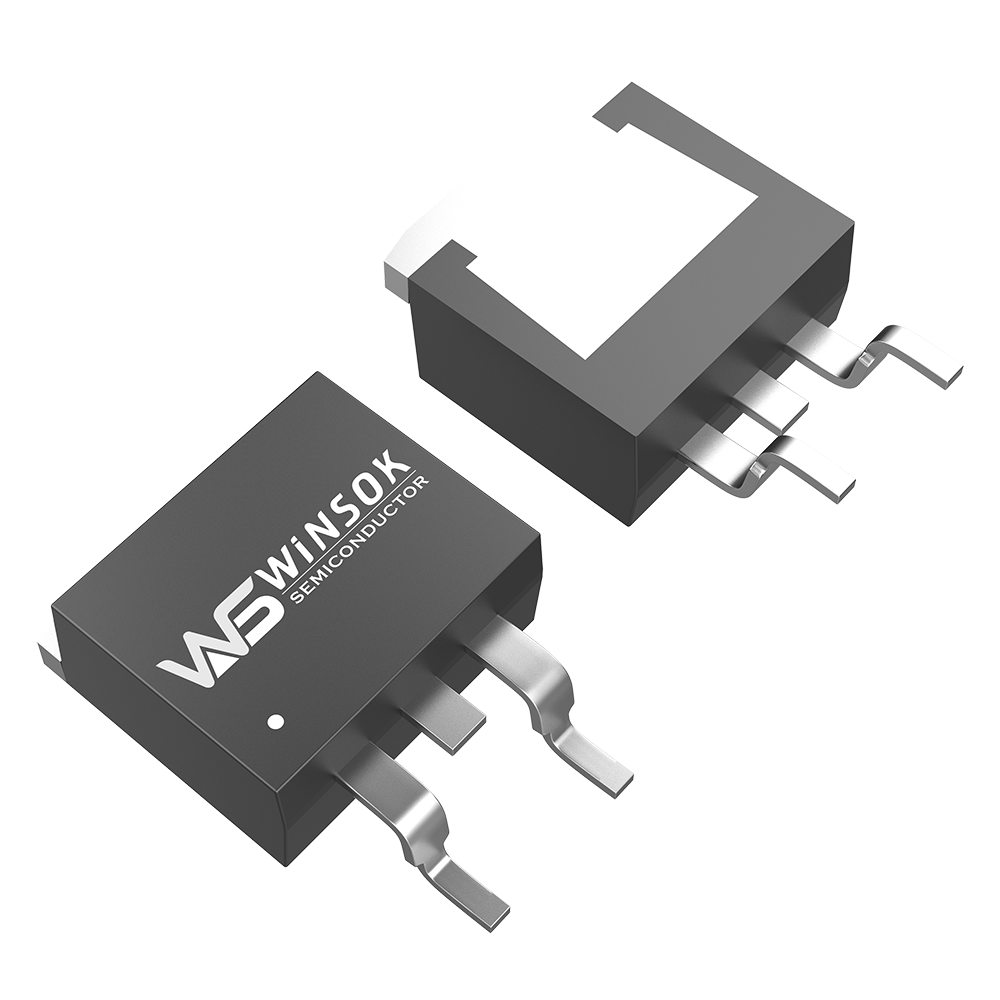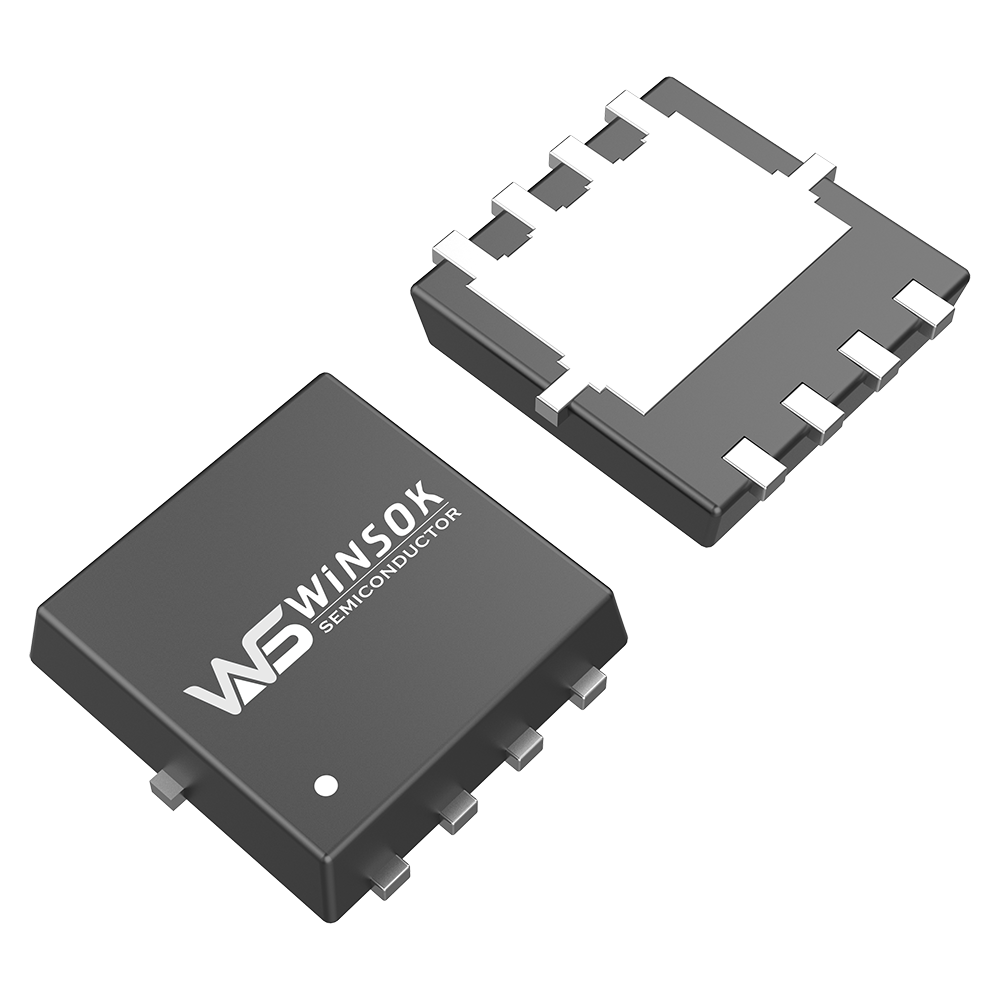PMOSFET, known as Positive channel Metal Oxide Semiconductor, is a special type of MOSFET. The following is a detailed explanation of PMOSFETs:

I. Basic structure and working principle
1. Basic structure
PMOSFETs have n-type substrates and p-channels, and their structure mainly consists of a gate (G), a source (S) and a drain (D). On the n-type silicon substrate, there are two P+ regions that serve as source and drain, respectively, and they are connected to each other through the p-channel. The gate is located above the channel and is isolated from the channel by a metal oxide insulating layer.
2. Principles of operation
PMOSFETs operate similarly to NMOSFETs, but with the opposite type of carriers. In a PMOSFET, the main carriers are holes. When a negative voltage is applied to the gate with respect to the source, a p-type inverse layer is formed on the surface of the n-type silicon under the gate, which serves as a trench connecting the source and drain. Changing the gate voltage changes the density of holes in the channel, thereby controlling the conductivity of the channel. When the gate voltage is low enough, the density of holes in the channel reaches a high enough level to allow conduction between the source and drain; conversely, the channel cuts off.
II. Characteristics and applications
1. Characteristics
Low Mobility: P-channel MOS transistors have relatively low hole mobility, so the transconductance of PMOS transistors is smaller than that of NMOS transistors under the same geometry and operating voltage.
Suitable for low-speed, low-frequency applications: Due to the lower mobility, PMOS integrated circuits are more suitable for applications in low-speed, low-frequency areas.
Conduction conditions: The conduction conditions of PMOSFETs are opposite to NMOSFETs, requiring a gate voltage lower than the source voltage.
- Applications
High Side Switching: PMOSFETs are typically used in high side switching configurations where the source is connected to the positive supply and the drain is connected to the positive end of the load. When the PMOSFET conducts, it connects the positive end of the load to the positive supply, allowing current to flow through the load. This configuration is very common in areas such as power management and motor drives.
Reverse Protection Circuits: PMOSFETs can also be used in reverse protection circuits to prevent damage to the circuit caused by reverse power supply or load current backflow.
III. Design and considerations
1. GATE VOLTAGE CONTROL
When designing PMOSFET circuits, precise control of the gate voltage is required to ensure proper operation. Since the conduction conditions of PMOSFETs are opposite to those of NMOSFETs, attention needs to be paid to the polarity and magnitude of the gate voltage.
2. Load connection
When connecting the load, attention needs to be paid to the polarity of the load to ensure that the current flows correctly through the PMOSFET, and the effect of the load on the performance of the PMOSFET, such as voltage drop, power consumption, etc., also needs to be considered.
3. Temperature stability
The performance of PMOSFETs is greatly affected by temperature, so the effect of temperature on the performance of PMOSFETs needs to be taken into account when designing circuits, and corresponding measures need to be taken to improve the temperature stability of the circuits.
4. Protection circuits
In order to prevent PMOSFETs from being damaged by overcurrent and overvoltage during operation, protection circuits such as overcurrent protection and overvoltage protection need to be installed in the circuit. These protection circuits can effectively protect the PMOSFET and extend its service life.
In summary, PMOSFET is a type of MOSFET with special structure and working principle. Its low mobility and suitability for low-speed, low-frequency applications make it widely applicable in specific fields. When designing PMOSFET circuits, attention needs to be paid to gate voltage control, load connections, temperature stability and protection circuits to ensure proper operation and reliability of the circuit.


























